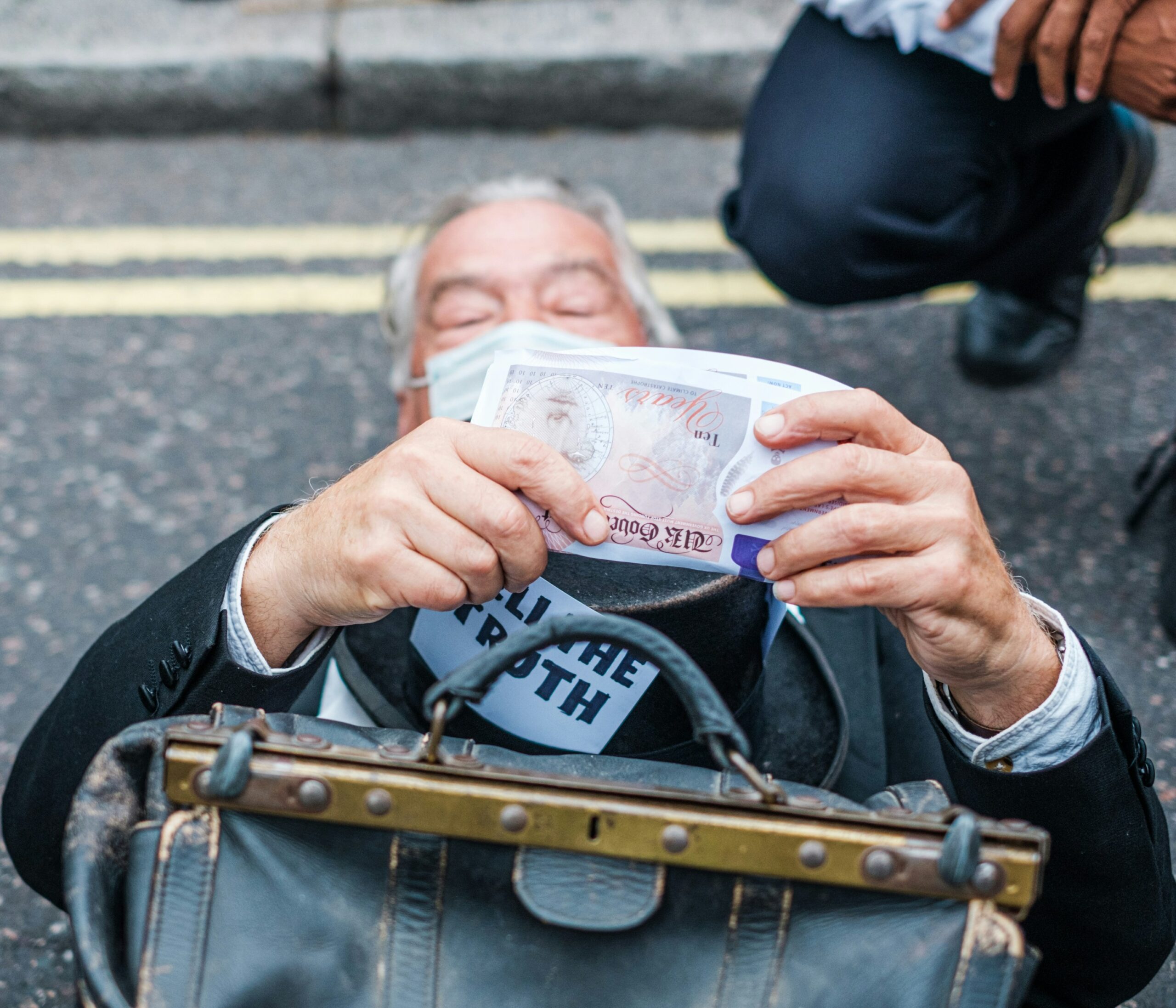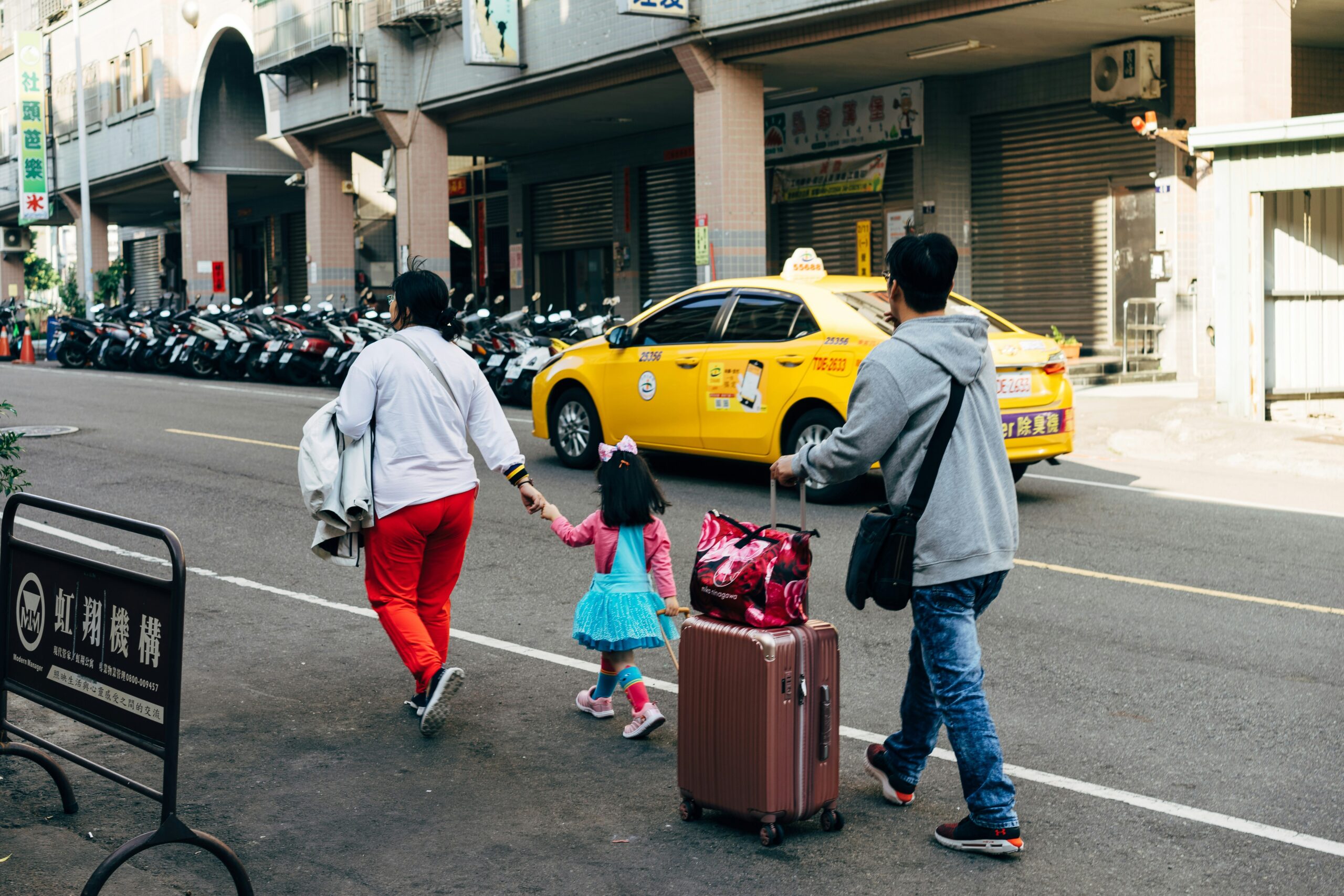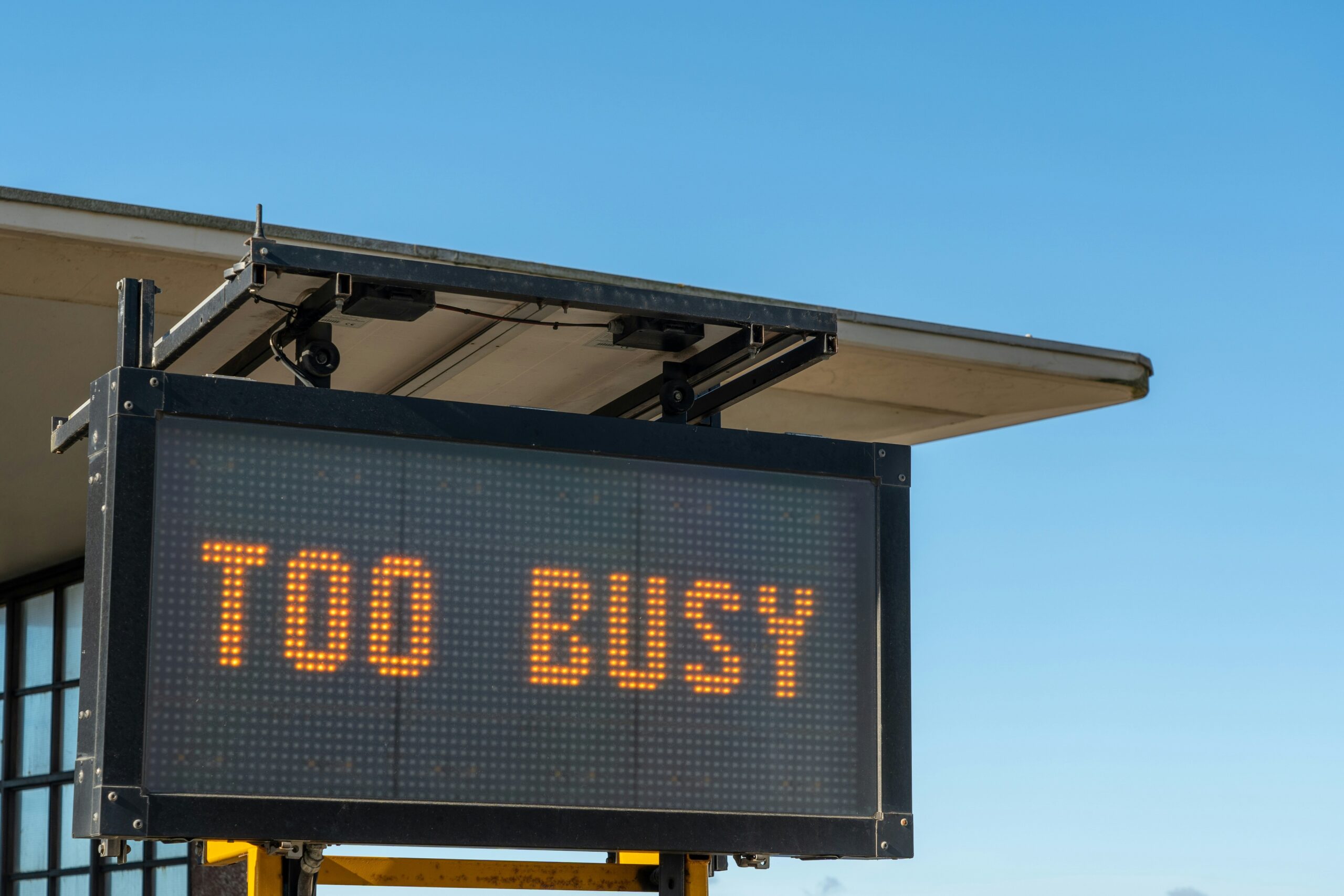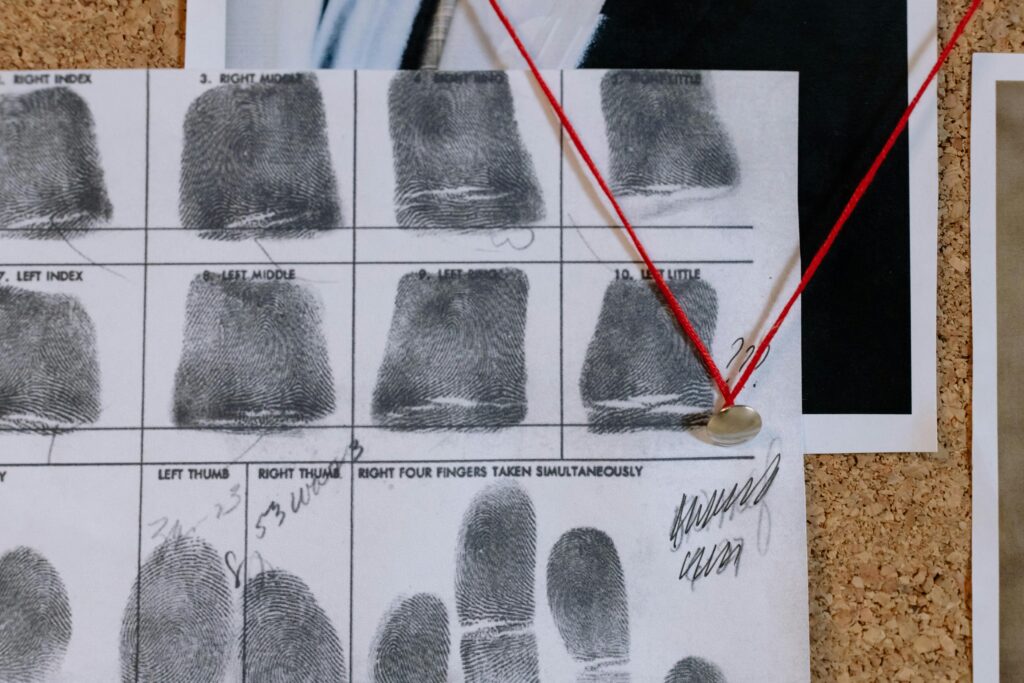Introduction
Ever wondered what happens if your dream vacation turns into a nightmare? Picture this: A sudden geopolitical shift while you’re backpacking through the Amazon, or an unexpected “oops” moment involving a ransom demand in a foreign country. Yeah, not exactly Instagram-worthy.
In this guide, we’ll dive deep into Travel Safety Policy Updates, with a laser focus on kidnap and ransom insurance. You’ll learn why your travel safety net needs more layers than just your average credit card perks, how to navigate policy fine print like a pro, and stories that’ll make you rethink every travel move you’ve ever made. Buckle up—because staying safe abroad just got real.
Table of Contents
- Key Takeaways
- The Problem with Travel Safety Policies
- How to Choose the Right Policy
- Best Practices for Staying Safe Abroad
- Case Studies: When Things Go Sideways
- FAQs About Kidnap and Ransom Insurance
Key Takeaways
- Kidnap and ransom insurance isn’t just for CEOs—it’s vital for travelers venturing into high-risk areas.
- Travel safety policies are evolving rapidly—don’t assume last year’s coverage applies today.
- Pick a policy tailored to your destination; generic plans can leave massive gaps in protection.
- Proactivity beats panic: Update your knowledge before booking any trip.
What’s Wrong with Traditional Travel Safety Policies?

I once bought a “comprehensive” travel policy only to discover it didn’t cover me during a flash flood in Thailand. Yep, soaked phone, soggy passport, zero compensation—thanks for nothing, generic policy writers.
Here’s the deal: Most standard travel insurance policies fall short when it comes to specialized scenarios like kidnappings or ransom demands. These events might seem rare, but as global instability rises (hello, political turmoil!), so does the need for smarter safeguards. Enter kidnap and ransom insurance: the unsung hero of modern-day globetrotting.
Optimist Me: “Hey, at least most trips go off without a hitch!”
Grumpy Me: “Unless they don’t…and then you’re stuck paying out-of-pocket for a private negotiation team.”
Step-by-Step Guide to Picking the Perfect Travel Safety Plan

- Know Your Destinations
Research your destination thoroughly using resources like the U.S. Department of State’s travel advisories. High-risk zones often require upgraded coverage. - Understand Coverage Limits
Don’t trust vague terms like “up to $1 million.” Dig into specifics: What scenarios qualify? Are evacuation costs included? - Check Exclusions Carefully
Some policies exclude acts of terrorism or political unrest entirely. If your itinerary involves sketchy regions, ensure these clauses won’t burn you later. - Add-On Services Matter
Look for policies offering crisis response teams, emergency hotlines, or even hostage negotiators. No joke—they exist!
Pro Tip: Use tools like Squaremouth or InsureMyTrip to compare providers side by side. It’s like Tinder, but for insurance policies instead of soulmates.
Top Tips for Staying Safe While Traveling
If there’s one thing I learned after getting pickpocketed in Rome, it’s this: Prevention > Recovery. Here’s how to avoid becoming a headline:
- Blend In: Avoid flashy jewelry or expensive gear. Nothing screams “target me” louder than a Rolex in a crowded market.
- Share Sparingly: Posting real-time updates? Cool—but also risky. Wait until after your adventure to share pics online.
- Download Offline Maps: Losing Wi-Fi shouldn’t mean losing direction.
- Emergency Contacts Ready: Keep local police numbers handy along with contact info for your embassy.
Stories from the Road: Real-Life Examples
Case Study #1: The Businessman Who Wasn’t Prepared
Jason*, a tech entrepreneur, traveled to Venezuela for business meetings. He skipped kidnap and ransom insurance due to budget constraints—and ended up detained by armed militants. His company had to scramble for funds, resulting in weeks of stress and financial losses.
Case Study #2: Solo Female Traveler Saves the Day
Emily, an avid solo traveler, invested in comprehensive coverage including kidnap and ransom support. During a mugging attempt in Johannesburg, her provider activated emergency protocols within minutes, ensuring her swift return home safely.
Frequently Asked Questions About Kidnap and Ransom Insurance
Q: Is kidnap and ransom insurance worth the cost?
Absolutely! For frequent international travelers, especially those visiting unstable regions, it’s a small price to pay for peace of mind.
Q: Does my credit card offer similar protection?
Nope. Even premium cards rarely include such specialized coverage. Always double-check your card’s benefits before relying solely on them.
Q: Can I buy kidnap and ransom insurance separately?
Yes! Many insurers offer standalone options, which can be bundled with other travel protections.
Q: Terrible Advice Alert: Should I negotiate my own release if kidnapped?
No way. Leave negotiations to professionals trained in de-escalation tactics. Amateur moves could escalate danger. Let the experts handle it.
Rant Break: Why Cheap Insurance Is NEVER Worth It
Seriously, stop pinching pennies here. I know it feels ridiculous to fork over hundreds for something that “probably won’t happen.” But guess what? Neither did losing all my gear in Thailand, yet here we are.
Conclusion
Travel safety isn’t about paranoia—it’s about preparation. By updating your understanding of Travel Safety Policy Updates and investing in top-notch kidnap and ransom insurance, you’ll sidestep potential disasters and embrace true wanderlust freedom.
And remember: Stay sharp, stay informed, and always carry snacks. Like a Tamagotchi, your travel prep demands daily care.


